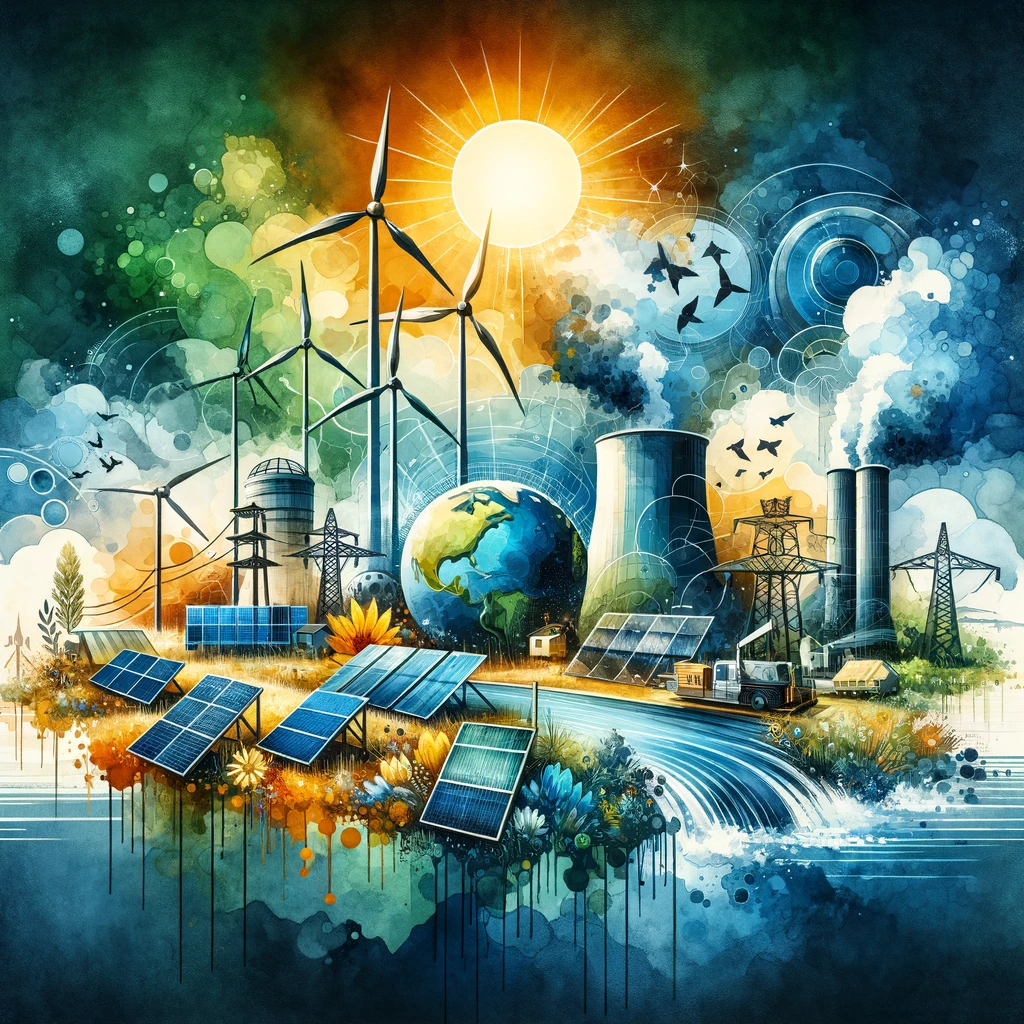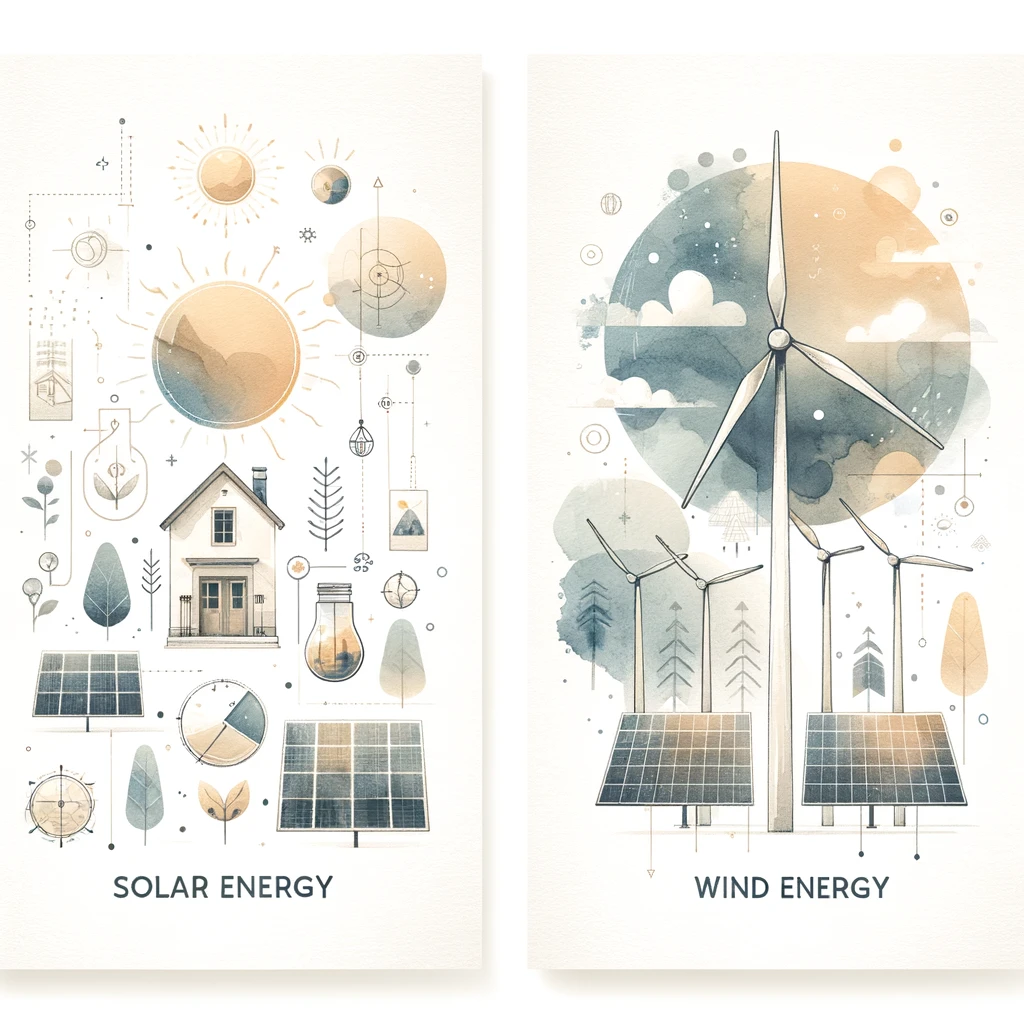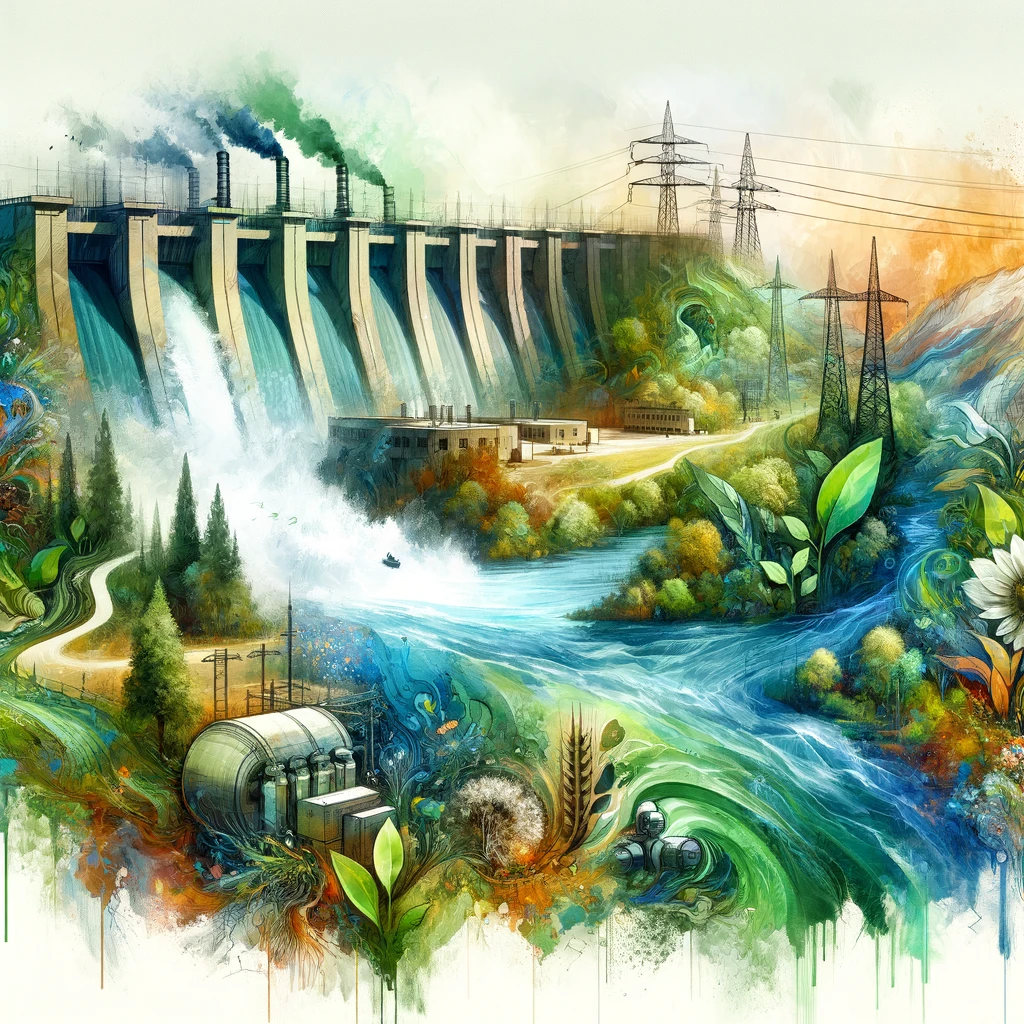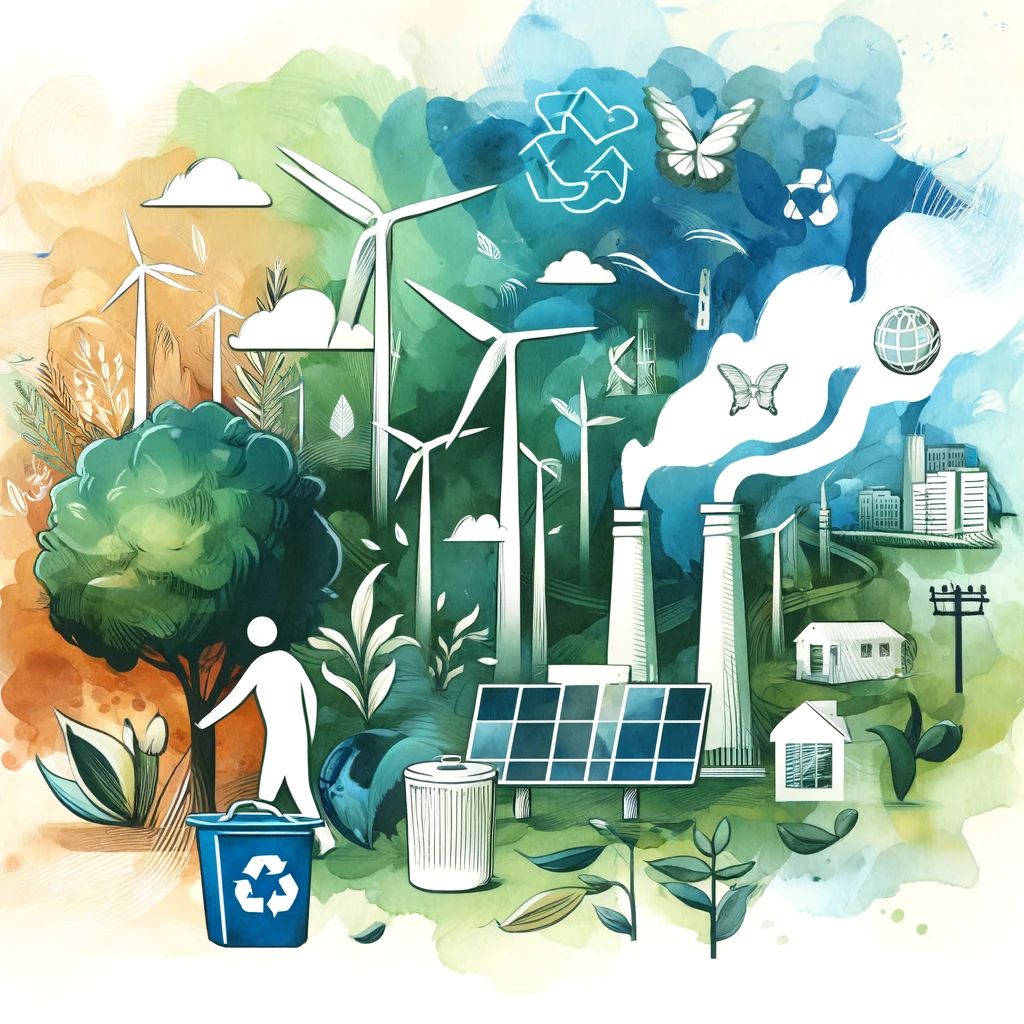Renewable energy sources are essential in the quest for sustainable and environmentally friendly energy solutions. These sources are inexhaustible and have a lower environmental impact compared to fossil fuels. This article provides a detailed overview of various renewable energy sources, including solar energy, wind energy, hydropower, biomass energy, and geothermal energy.

Types of Renewable Energy Sources
Solar Energy
Solar energy harnesses the power of the sun to generate electricity and heat. This is done through various technologies:
- Photovoltaic (PV) Cells: These cells convert sunlight directly into electricity. They are used in solar panels, which can be installed on rooftops or large solar farms.
- Solar Thermal Systems: These systems use sunlight to heat a fluid, which is then used to produce steam that drives a turbine to generate electricity. They are commonly used in solar power plants.
Here’s the table you requested, categorizing the applications, benefits, and limitations of solar energy:
| Category | Details |
|---|---|
| Applications | – Residential and Commercial Use: Install solar panels in homes and businesses. – Solar Water Heaters: Use solar energy to heat water for domestic use. – Solar Power Plants: Large-scale solar farms generate electricity for the grid. |
| Benefits | – Renewable and Abundant: The sun is an inexhaustible source of energy. – Low Operating Costs: Minimal maintenance costs post-installation. – Environmentally Friendly: No greenhouse gases or pollutants produced. |
| Limitations | – Intermittency: Solar energy production is affected by weather and time of day. – High Initial Costs: Installation of solar panels and systems can be expensive. – Space Requirements: Large areas needed for significant electricity production. |
Wind Energy
Wind energy is generated by converting wind currents into electricity using wind turbines. These turbines are typically installed in wind farms, either onshore or offshore.
Generation Process:
- The wind turns the blades of a turbine.
- The rotation of the blades drives a generator, which produces electricity.
| Category | Details |
|---|---|
| Applications | – Electricity Generation: Wind farms contribute to the electricity grid. – Small-Scale Use: Small wind turbines used for residential or agricultural applications. |
| Advantages | – Clean Energy: Wind power produces no emissions. – Cost-Effective: Wind energy costs have decreased, making it competitive. – Scalability: Wind farms can be scaled up to meet increasing energy demands. |
| Challenges | – Intermittency: Wind is variable and unpredictable, affecting energy production. – Environmental Impact: Potential negative effects on local wildlife, especially birds and bats. – Noise and Aesthetics: Concerns about the noise and visual impact on nearby residents. |

Hydropower
Hydropower, or hydroelectric power, is generated by harnessing the energy of flowing water. It is one of the oldest and most widely used forms of renewable energy.
Production Process:
- Water from rivers or reservoirs flows through turbines.
- The flowing water turns the turbines, which drive generators to produce electricity.
Significance:
- Reliable and Efficient: Hydropower plants can generate large amounts of electricity consistently.
- Energy Storage: Reservoirs can store water to generate electricity on demand, providing a stable energy supply.
Environmental and Social Impacts:
- Large Dams: The construction of large dams can disrupt local ecosystems, displace communities, and alter water flow.
- Sedimentation: Dams can cause sediment to build up, reducing the capacity of reservoirs and affecting water quality.
- Biodiversity: Aquatic and terrestrial habitats can be affected by changes in water flow and quality.
Biomass Energy
Biomass energy is derived from organic materials such as plants, agricultural waste, and animal manure. It is a versatile energy source that can be used for heating, electricity, and biofuels.
Sources:
- Wood and Wood Waste: Used for heating and electricity generation.
- Agricultural Residues: Crop residues and animal manure can be converted into biogas or biofuels.
- Energy Crops: Crops like switchgrass and willow are specifically grown for energy production.
Role in Sustainable Energy Production:
- Carbon Neutral: Biomass energy is considered carbon neutral because the CO2 released during combustion is offset by the CO2 absorbed during the growth of the biomass.
- Waste Utilization: Biomass energy makes use of agricultural and organic waste, reducing landfill use and methane emissions.
- Energy Security: Biomass can be locally sourced, reducing dependence on fossil fuels.

Geothermal Energy
Geothermal energy harnesses the heat from the Earth’s interior to generate electricity and provide direct heating.
Harnessing Process:
- Geothermal Power Plants: Wells are drilled into geothermal reservoirs to access steam or hot water, which is then used to drive turbines and generate electricity.
- Direct Use: Geothermal heat can be used directly for heating buildings, greenhouses, and industrial processes.
Here’s a table summarizing the applications, benefits, and potential drawbacks of geothermal energy:
| Category | Details |
|---|---|
| Applications | – Electricity Generation: Geothermal power plants provide a stable and continuous supply. – Heating and Cooling: Geothermal heat pumps for building temperature regulation. |
| Benefits | – Sustainable and Reliable: Continuously available, independent of weather. – Low Emissions: Produces minimal greenhouse gases compared to fossil fuels. – High Efficiency: Highly efficient in converting geothermal heat to energy. |
| Potential Drawbacks | – Location-Specific: Only feasible in regions with suitable geothermal conditions. – Initial Costs: High upfront costs for drilling and infrastructure development. – Environmental Concerns: Issues related to land and water use, and harmful gas release. |

Conclusion
In conclusion, renewable energy sources provide a sustainable and environmentally friendly alternative to fossil fuels. Each type of renewable energy has its own unique advantages and challenges, but collectively they play a crucial role in reducing carbon emissions, promoting energy security, and ensuring a cleaner future for the planet. By leveraging these renewable energy sources, we can move towards a more sustainable and resilient energy system.


